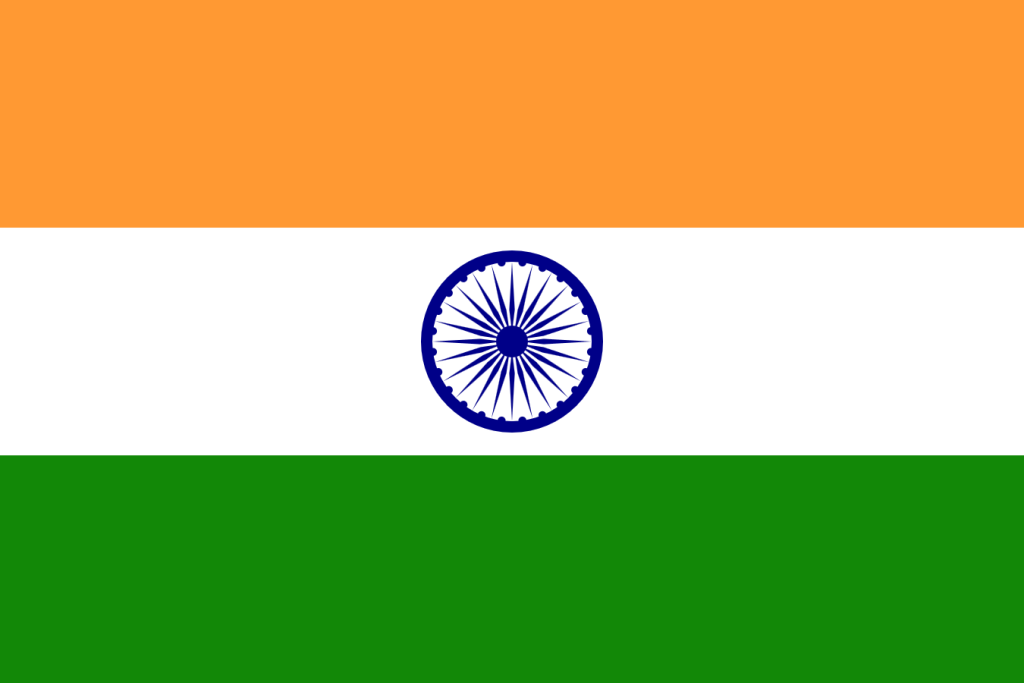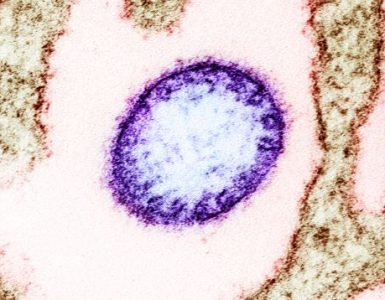Just as we are dealing with the probable emergence of fourth wave of COVID-19, a new virus known as tomato flu, or tomato fever, has emerged in India in the state of Kerala in children younger than 5 years.1 The rare viral infection is in an endemic state and is considered non-life-threatening; however, because of the dreadful experience of the COVID-19 pandemic, the vigilant management is desirable to prevent further outbreaks.2
Although the tomato flu virus shows symptoms similar to those of COVID-19 (both are associated with fever, fatigue, and bodyaches initially, and some patients with COVID-19 also report rashes on the skin), the virus is not related to SARS-CoV-2. Tomato flu could be an after-effect of chikungunya or dengue fever in children rather than a viral infection.3, 4 The virus could also be a new variant of the viral hand, foot, and mouth disease, a common infectious disease targeting mostly children aged 1–5 years and immunocompromised adults, and some case studies have even shown hand, foot, and mouth disease in immunocompetent adults.5 Tomato flu is a self-limiting illness and no specific drug exists to treat it.
The tomato flu was first identified in the Kollam district of Kerala on May 6, 2022, and as of July 26, 2022, more than 82 children younger than 5 years with the infection have been reported by the local government hospitals.6 The other affected areas of Kerala are Anchal, Aryankavu, and Neduvathur. This endemic viral illness triggered an alert to the neighbouring states of Tamil Nadu and Karnataka. Additionally, 26 children (aged 1–9 years) have been reported as having the disease in Odisha by the Regional Medical Research Centre in Bhubaneswar. To date, apart from Kerala, Tamilnadu, and Odisha, no other regions in India have been affected by the virus. However, precautionary measures are being taken by the Kerala Health Department to monitor the spread of the viral infection and prevent its spread in other parts of India.
The primary symptoms observed in children with tomato flu are similar to those of chikungunya, which include high fever, rashes, and intense pain in joints.7 Tomato flu gained its name on the basis of the eruption of red and painful blisters throughout the body that gradually enlarge to the size of a tomato. These blisters resemble those seen with the monkeypox virus in young individuals.8, 9 Rashes also appear on the skin with tomato flu that lead to skin irritation. As with other viral infections, further symptoms include, fatigue, nausea, vomiting, diarrhoea, fever, dehydration, swelling of joints, body aches, and common influenza-like symptoms, which are similar to those manifested in dengue.10 In children with these symptoms, molecular and serological tests are done for the diagnosis of dengue, chikungunya, zika virus, varicella-zoster virus, and herpes;11 once these viral infections are ruled out, contraction of tomato virus is confirmed. Because tomato flu is similar to chikungunya and dengue as well as hand, foot, and mouth disease, treatment is also similar—ie, isolation, rest, plenty of fluids, and hot water sponge for the relief of irritation and rashes. Supportive therapy of paracetamol for fever and bodyache and other symptomatic treatments are required.
Children are at increased risk of exposure to tomato flu as viral infections are common in this age group and spread is likely to be through close contact. Young children are also prone to this infection through use of nappies, touching unclean surfaces, as well as putting things directly into the mouth. Given the similarities to hand, foot, and mouth disease, if the outbreak of tomato flu in children is not controlled and prevented, transmission might lead to serious consequences by spreading in adults as well.
Similar to other types of influenza, tomato flu is very contagious. Hence, it is mandatory to follow careful isolation of confirmed or suspected cases and other precautionary steps to prevent the outbreak of the tomato flu virus from Kerala to other parts of India. Isolation should be followed for 5–7 days from symptom onset to prevent the spread of infection to other children or adults. The best solution for prevention is the maintenance of proper hygiene and sanitisation of the surrounding necessities and environment as well as preventing the infected child from sharing toys, clothes, food, or other items with other non-infected children.
Drug repurposing and vaccination are the most efficacious and cost-effective approaches to ensure the safety of public health from viral infections, especially in children, older people, immunocompromised people, and those with underlying health issues. As yet, no antiviral drugs or vaccines are available for the treatment or prevention of tomato flu. Further follow-up and monitoring for serious outcomes and sequelae is needed to better understand the need for potential treatments.
We declare no competing interests.
Source: Chavda VP, Patel K, Apostolopoulos V. Tomato flu outbreak in India [published online ahead of print, 2022 Aug 17]. Lancet Respir Med. 2022;S2213-2600(22)00300-9. doi:10.1016/S2213-2600(22)00300-9
References:
- Sudhakar K. Alert in Karnataka over ‘tomato flu’. The Hindu. May 12, 2022. Accessed June 24, 2022. https://www.thehindu.com/news/national/karnataka/alert-in-karnataka-over-tomato-flu/article65405330.ece
- Chavda VP, Apostolopoulos V. Is Booster Dose Strategy Sufficient for Omicron Variant of SARS-CoV-2?. Vaccines (Basel). 2022;10(3):367. doi:10.3390/vaccines10030367
- Schwartz O, Albert ML. Biology and pathogenesis of chikungunya virus. Nat Rev Microbiol. 2010;8(7):491-500. doi:10.1038/nrmicro2368
- Guzman MG, Gubler DJ, Izquierdo A, Martinez E, Halstead SB. Dengue infection. Nat Rev Dis Primers. 2016;2:16055. doi:10.1038/nrdp.2016.55
-
Omaña-Cepeda C, Martínez-Valverde A, del Mar Sabater-Recolons M, Jané-Salas E, Marí-Roig A, López-López J. A literature review and case report of hand, foot and mouth disease in an immunocompetent adult. BMC Res Notes. 2016;9:165. doi:10.1186/s13104-016-1973-y
-
Jacob J. How Kerala is battling “tomato flu” outbreak. India Today. May 15, 2022. August 8, 2022. https://www.indiatoday.in/india-today-insight/story/how-kerala-is-battling-tomato-flu-outbreak-1949473-05-15
-
Cunha RVD, Trinta KS. Chikungunya virus: clinical aspects and treatment – A Review. Mem Inst Oswaldo Cruz. 2017;112(8):523-531. doi:10.1590/0074-02760170044
-
Ligon BL. Monkeypox: a review of the history and emergence in the Western hemisphere. Semin Pediatr Infect Dis. 2004;15(4):280-287. doi:10.1053/j.spid.2004.09.001
-
Chavda VP, Apostolopoulos V. Rare monkeypox: Is it really a threat to the elderly?. Maturitas. 2022;163:90-91. doi:10.1016/j.maturitas.2022.05.014
-
Hasan S, Jamdar SF, Alalowi M, Al Ageel Al Beaiji SM. Dengue virus: A global human threat: Review of literature. J Int Soc Prev Community Dent. 2016;6(1):1-6. doi:10.4103/2231-0762.175416
-
Espy MJ, Teo R, Ross TK, et al. Diagnosis of varicella-zoster virus infections in the clinical laboratory by LightCycler PCR. J Clin Microbiol. 2000;38(9):3187-3189. doi:10.1128/JCM.38.9.3187-3189.2000

















